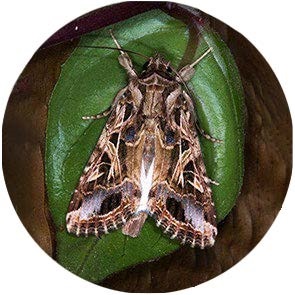


| Latin Name | Spodoptera littoralis |
| Common Name | Cotton leafworm |
| Biology | Adults are nocturnal and attracted to black light traps and sugar-vinegar solutions. Larvae are polyphagous, with damage patterns similar to those of Spodoptera litura (tobacco cutworm). They can harm leaves, flowers, fruits, and other plant parts; infested fruits develop holes and are prone to rotting. This pest is more prevalent in tropical and subtropical regions, can disperse via air currents, has a field lifespan of 4-6 weeks (depending on temperature), and produces 4-7 generations per year. |
| Damage | This pest damages cotton, cucurbits, potatoes, tomatoes, tobacco, tomatoes and watermelons. |
| Distribution Regions | Africa, Middle East, Europe |
| Monitoring | Pheromone lures mimic natural sex pheromones to attract male insects into specialized traps for population monitoring and suppression. As a core IPM component, monitoring enables early risk detection and targeted control. Mass trapping reduces mating opportunities to curb offspring populations. Protocols: ●Use only with matched traps. ●15-45 traps/hectare,replace/replenish every 4-6 weeks. ●Wear gloves or wash hands with detergent when switching lure types. ●Refer to trap-specific hanging instructions. |
| Recommended Traps | Delta Trap, Wing Trap |

Share your contact information to receive precision-matched pheromone solutions. Should our existing portfolio lack an optimal fit, our synthetic chemistry team will initiate custom development—from molecular structure design to scaled production.